When it comes to importing goods from China to Panama, sea freight shipping emerges as a highly efficient and cost-effective option for businesses of all sizes. This method not only accommodates large volumes of cargo but also provides a reliable solution for moving a diverse range of products across oceans. In this guide, we will delve into the benefits of sea freight, explore essential services, and outline the key steps involved in the shipping process. By understanding the intricacies of sea freight, businesses can streamline their logistics and ensure a successful importation experience. Whether you are considering Full Container Load (FCL) or Less Than Container Load (LCL) options, this comprehensive overview will equip you with the knowledge needed to navigate the complexities of international shipping.
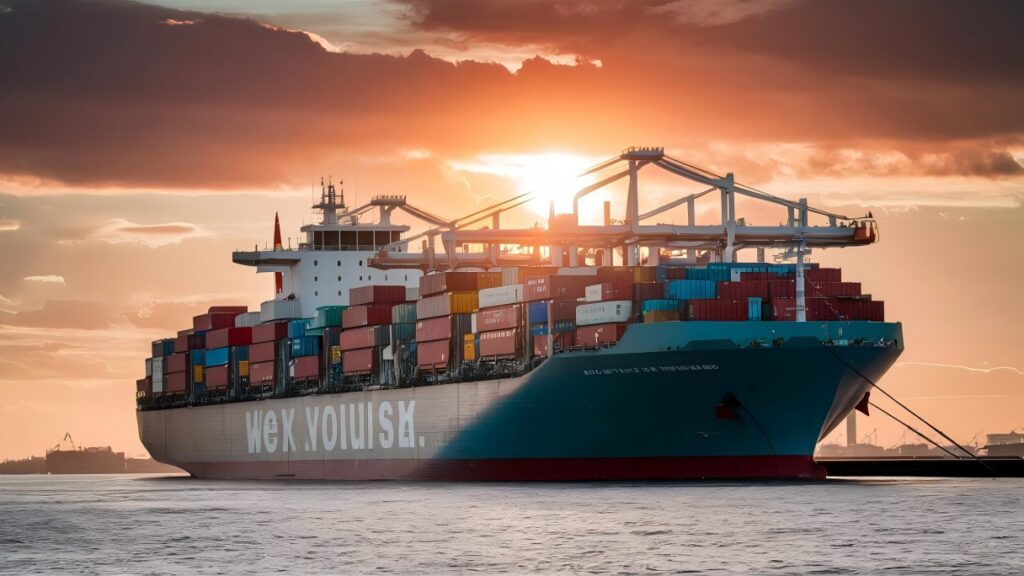
Understanding Sea Freight Shipping From China to Panama
Sea freight shipping refers to the transportation of goods via ocean vessels. It is one of the most common methods for international shipping, especially for large volumes of cargo. In this method, containers are loaded onto cargo ships, which then travel across seas and oceans to deliver goods to their destination ports. Sea freight is particularly favored for its cost-effectiveness, especially when moving large quantities of items, making it an ideal choice for businesses looking to import goods from China to Panama.
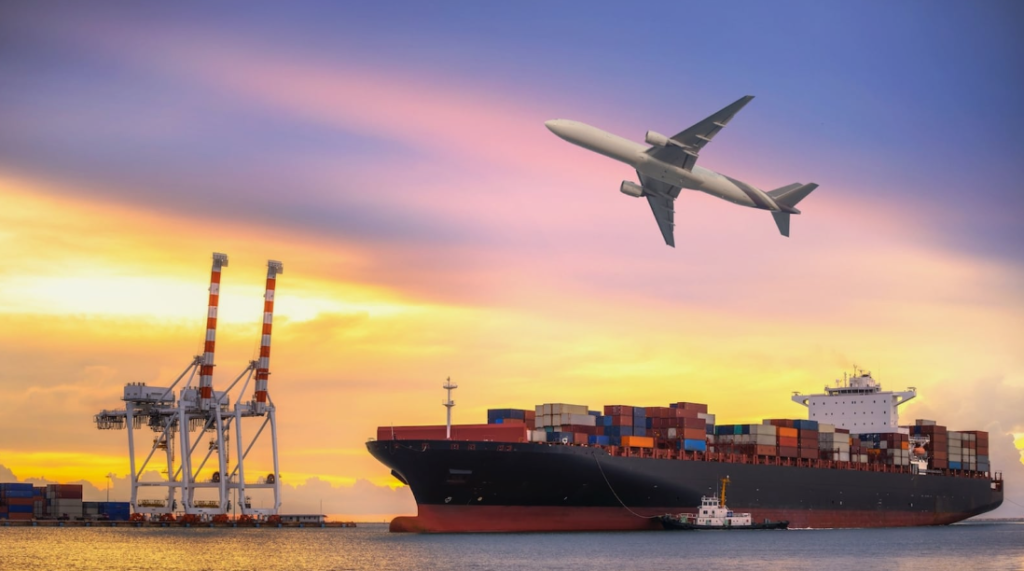
Benefits of Sea Freight from China to Panama
- Cost Efficiency: One of the most significant advantages of sea freight shipping is its affordability, particularly for large shipments. When compared to air freight, sea freight can be significantly cheaper, allowing businesses to save on logistics costs.
- Large Capacity: Sea freight can accommodate large volumes of cargo, which is especially advantageous when importing goods in bulk from China. Container ships can carry a wide range of products, from machinery to textiles.
- Eco-Friendly Option: Shipping by sea is generally more environmentally friendly compared to air transport. Ocean vessels emit lower levels of greenhouse gases per ton of cargo transported, making it a more sustainable choice.
- Reliability: Sea freight services are known for their reliability in meeting delivery schedules. Although transit times can be longer, the consistency of service and established shipping routes contribute to a dependable shipping process.
- Diverse Shipping Options: Importers can choose from various shipping options, depending on their budget and time constraints. This flexibility allows businesses to tailor their shipping strategies according to their specific needs.
Types of Sea Freight Services
- Full Container Load (FCL): This service is ideal for importers with enough cargo to fill an entire container. FCL allows for exclusive use of the container, ensuring that your goods are not mixed with others, which minimizes the risk of damage and simplifies logistics.
- Less Than Container Load (LCL): For businesses that do not have enough cargo to fill a container, LCL is a suitable option. This service allows multiple shipments from different customers to share the same container, making it a cost-effective choice for smaller shipments.
- Reefer Services: For temperature-sensitive goods, such as perishables, reefer containers are utilized. These containers are equipped with temperature control systems, ensuring that products like food and pharmaceuticals remain in optimal conditions during transit.
- Roll-On/Roll-Off (RoRo): This service is designed for transporting vehicles. Under this method, vehicles are driven onto the ship and secured inside for the voyage. RoRo is a popular choice for shipping cars, trucks, and heavy machinery.
Preparing for Your Sea Freight Shipment
Calculating Cargo Volume and Weight
Proper preparation for sea freight shipping begins with accurately calculating the volume and weight of the cargo. This step is crucial as it impacts shipping costs, container choice, and compliance with shipping regulations. Here are some key considerations:
- Volume Calculation: Measure the dimensions (length, width, height) of the cargo in centimeters and convert these measurements to cubic meters. The formula is:

- Weight Calculation: Determine the gross weight of the cargo, which includes the weight of packaging. Shipping costs are often based on the greater of the actual weight or the volumetric weight.
Choosing Between FCL (Full Container Load) and LCL (Less Than Container Load)
The decision between FCL and LCL hinges on the specific needs of your shipment:
- FCL is generally more cost-effective for larger shipments. If your goods occupy enough space to fill a 20ft or 40ft container, FCL minimizes handling and risk of damage.
- LCL is best suited for smaller shipments where costs need to be managed. While it may involve sharing space with others, it offers flexibility for businesses that do not consistently ship large volumes.
Selecting the Right Container Size
Choosing the appropriate container size is crucial for optimizing shipping processes. Specifically, consider the following container sizes:
| Container Size | Dimensions (Length x Width x Height) | Typical Volume | Best For |
|---|---|---|---|
| 20-foot container | 20 x 8 x 8.5 ft (6.1 x 2.4 x 2.6 m) | 28 m³ | Small to medium shipments |
| 40-foot container | 40 x 8 x 8.5 ft (12.2 x 2.4 x 2.6 m) | 56 m³ | Large shipments |
| 40-foot high cube | 40 x 8 x 9.5 ft (12.2 x 2.4 x 2.9 m) | 68 m³ | Bulky and lightweight items |
| 45-foot high cube | 45 x 8 x 9.5 ft (13.7 x 2.4 x 2.9 m) | 85 m³ | Very large shipments |
Selecting the right container size ensures optimal space utilization, cost savings, and safe transport of goods. Always consult with experienced freight forwarders to make informed decisions based on your cargo requirements.
By understanding the nuances of sea freight shipping from China to Panama and preparing effectively, businesses can streamline their logistics and ensure a smooth importation process. For expert assistance with your sea freight needs, consider partnering with Dantful International Logistics, a highly professional provider of comprehensive logistics solutions tailored for global traders.
Essential Documents for Sea Freight From China to Panama
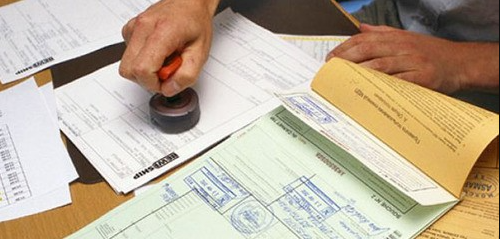
When engaging in sea freight shipping, particularly from China to Panama, a variety of essential documents are required to ensure a seamless process. Understanding these documents is critical for both compliance and operational efficiency.
Commercial Invoice
The commercial invoice is a vital document that lists the products being shipped and their corresponding prices. It serves as a record of the transaction between the buyer and the seller. The commercial invoice typically includes:
- Seller and buyer information
- Description of goods
- Quantity and price per unit
- Total value of the shipment
- Payment terms
This document is crucial for both customs clearance and accounting purposes.
Packing List
The packing list details the specific contents of each package within the shipment. This document is essential for customs officials to inspect and verify the cargo. It should include:
- Item descriptions
- Quantity of each item
- Weight and dimensions of packages
- Special handling instructions, if applicable
Having an accurate packing list helps streamline the import and export process.
Bill of Lading
The bill of lading (BOL) is a contract between the shipper and the carrier, serving multiple purposes:
- Acts as a receipt for the cargo
- Details the terms of transport
- Provides proof of ownership
The BOL must be accurately filled out to avoid complications during the shipping process. There are different types of BOLs, including a straight bill of lading and a negotiable bill of lading, each tailored for specific shipping needs.
Certificate of Origin
A certificate of origin is a document that certifies the country in which the goods were manufactured. This document may be required by Panamanian customs to assess tariffs and trade regulations. Key points include:
- It helps determine the applicable duties
- Ensures compliance with trade agreements
- Often requires validation from a relevant authority, such as a chamber of commerce
Customs Declaration Forms
Customs declaration forms are essential for both export and import processes. In China, the exporter must submit these forms to declare the contents and value of the shipment. In Panama, the importer must also provide a declaration to customs upon arrival. Important components include:
- Description of goods
- Value of goods
- Customs tariff codes
- Importer’s and exporter’s information
Properly completed customs declaration forms facilitate smooth clearance and minimize the risk of delays.
READ MORE:
- Shipping From China to the United States
- Shipping From China TO Canada
- Shipping From China TO Mexico
- Shipping From China to Panama
- Shipping From China to Costa Rica
- Shipping From China to Brazil
- Shipping From China TO Colombia
- Shipping From China to Jamaica
- Shipping From China to Venezuela
The Sea Freight Shipping Process Step-by-Step
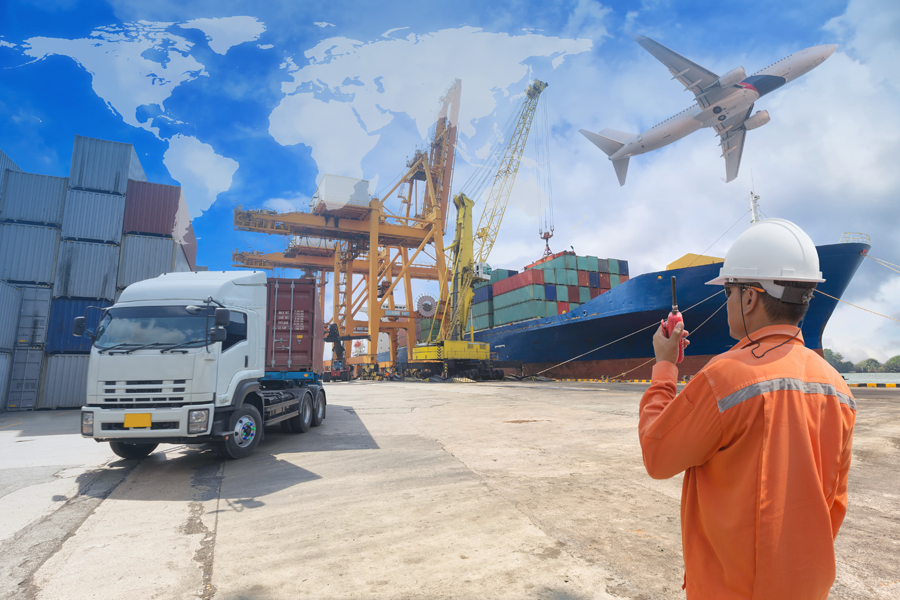
To ensure successful sea freight shipping from China to Panama, it is vital to follow a structured process. Below is a detailed breakdown of each step:
1. Obtaining a Freight Quote and Booking
- Providing Shipment Details to the Freight Forwarder: Begin by supplying your freight forwarder with comprehensive information about the shipment, including dimensions, weight, and type of goods.
- Agreeing on Shipping Terms and Rates: Once the details are provided, the freight forwarder will offer a quote, including shipping costs, transit times, and service options.
- Confirming the Booking: After agreeing on the terms, confirm your booking by signing necessary agreements and providing required documentation.
2. Cargo Pick-up and Delivery to the Port
- Arranging for Cargo Pick-up from the Supplier: Coordinate with your supplier in China to arrange the pick-up of your cargo.
- Transporting the Goods to the Port of Departure in China: Schedule transportation for the cargo to be delivered to the designated port of departure.
3. Export Customs Clearance in China
- Submitting Required Documents: Submit all necessary documentation, including the commercial invoice, packing list, and customs declaration forms, to the customs authorities.
- Paying Export Duties and Taxes: Ensure that any applicable export duties and taxes are paid to facilitate clearance.
4. Loading and Ocean Transportation
- Loading the Cargo onto the Vessel: Once customs clearance is achieved, the cargo is loaded onto the vessel for transportation.
- Transit Time from China to Panama: Be aware that transit times can vary, typically ranging from 20 to 30 days depending on the shipping route and service used.
5. Import Customs Clearance in Panama
- Submitting Import Documents: Upon arrival in Panama, submit all required documentation, including the bill of lading and certificate of origin, to the customs authorities.
- Paying Import Duties and Taxes: Pay any applicable import duties and taxes to clear the shipment.
6. Cargo Unloading and Delivery to the Final Destination
- Unloading the Cargo at the Port of Arrival in Panama: After customs clearance, the cargo is unloaded from the vessel.
- Arranging for Final Delivery to Your Warehouse or Facility: Coordinate transportation from the port to your final destination, ensuring that your goods arrive safely and on time.
Challenges of Sea Freight: What to Consider
Sea freight shipping is not without its challenges. Importers should be aware of potential issues that may arise during the shipping process.
Longer Transit Times: Planning for Delays
Sea freight is often subject to longer transit times compared to air freight. Factors such as port congestion, customs clearance delays, and weather conditions can further extend delivery times. Businesses should plan accordingly, setting timelines that account for these potential delays.
Weather-Related Risks: Ensuring Cargo Safety
Inclement weather can pose significant risks to sea freight shipments. Storms, typhoons, and rough seas can lead to shipping delays and, in some cases, damage to cargo. Importers must ensure that their goods are adequately insured and consider using insurance services to mitigate potential risks.
Tips for a Smooth Sea Freight Experience
To optimize your sea freight experience, consider the following strategies:
Choosing a Reliable Freight Forwarder
Selecting a reputable freight forwarder is crucial for navigating the complexities of international shipping. Look for a provider with a proven track record in handling shipments from China to Panama, such as Dantful International Logistics.
Dantful International Logistics Services:
- Dantful Ocean Freight Services
- Air Freight From China
- Amazon FBA Freight Forwarding
- WAREHOUSE Services
- One-Stop Customs Clearance Solution
- Cargo Insurance Services in China
- DDP Shipping Services By Dantful Logistics
- Out of Gauge Cargo Transportation Shipping Services
Packing and Labeling Your Cargo Properly
Ensure that your cargo is packed securely and labeled correctly. Proper packing minimizes the risk of damage during transit, while clear labeling aids in efficient handling and customs clearance.
Tracking Your Shipment During Transit
Utilize tracking services provided by your freight forwarder to monitor the status of your shipment. This capability allows you to stay informed about your cargo’s location and estimated delivery time.
Preparing for Potential Delays or Unexpected Events
Flexibility is key when engaging in sea freight shipping. Be prepared to adapt to unexpected situations, such as customs delays or changes in shipping schedules. Having contingency plans in place can help mitigate disruptions to your supply chain.
Leveraging these insights and strategies can greatly enhance the efficiency and reliability of your sea freight shipping process from China to Panama. For comprehensive support and professional logistics services, consider partnering with Dantful International Logistics, ensuring a smooth and effective shipping experience.
FAQs
- What is sea freight shipping?
Sea freight shipping involves the transportation of goods via ocean vessels. It is a cost-effective option for shipping large volumes of cargo internationally. - What are the benefits of using sea freight to ship from China to Panama?
Sea freight offers several advantages, including cost efficiency, large capacity for bulk shipments, eco-friendliness, reliability, and diverse shipping options. - What types of sea freight services are available?
Common services include Full Container Load (FCL), Less Than Container Load (LCL), Reefer services for temperature-sensitive goods, and Roll-On/Roll-Off (RoRo) for transporting vehicles. - How should I prepare for my sea freight shipment?
Preparation includes calculating cargo volume and weight, choosing between FCL and LCL based on shipment size, and selecting the appropriate container size. - What essential documents are needed for sea freight shipping?
Important documents include the commercial invoice, packing list, bill of lading, certificate of origin, and customs declaration forms. - What does the sea freight shipping process involve?
The process typically includes obtaining a freight quote, cargo pick-up, export customs clearance, loading and ocean transportation, import customs clearance in Panama, and final delivery. - What challenges should I be aware of when using sea freight?
Importers may face longer transit times, potential weather-related risks, and delays due to customs processes. Planning for these factors is essential. - How can I ensure a smooth sea freight experience?
Tips for a smooth experience include choosing a reliable freight forwarder, properly packing and labeling cargo, tracking shipments during transit, and preparing for potential delays.

Young Chiu is a seasoned logistics expert with over 15 years of experience in international freight forwarding and supply chain management. As CEO of Dantful International Logistics, Young is dedicated to providing valuable insights and practical advice to businesses navigating the complexities of global shipping.
The other language versions of this article
- دليل خطوة بخطوة للشحن البحري من الصين إلى بنما
- Stapsgewijze handleiding voor zeevracht van China naar Panama
- Guide étape par étape du fret maritime de la Chine au Panama
- Schritt-für-Schritt-Anleitung für Seefracht von China nach Panama
- Guida passo passo al trasporto marittimo dalla Cina a Panama
- Guía Paso a Paso para el Transporte Marítimo de China a Panamá
- Guia passo a passo para frete marítimo da China para o Panamá
- Пошаговое руководство по морским перевозкам из Китая в Панаму
- Çin’den Panama’ya Deniz Taşımacılığına İlişkin Adım Adım Kılavuz

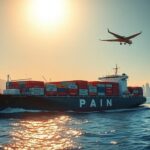
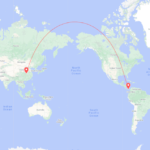
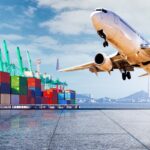



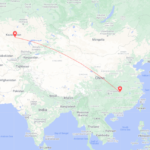
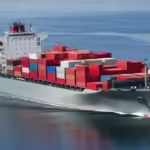

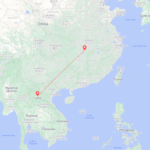
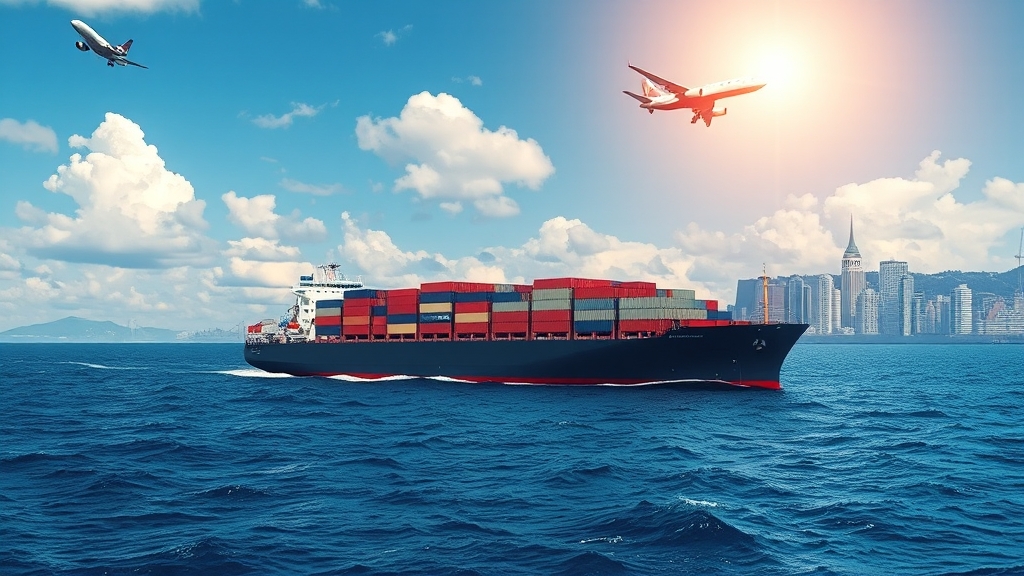

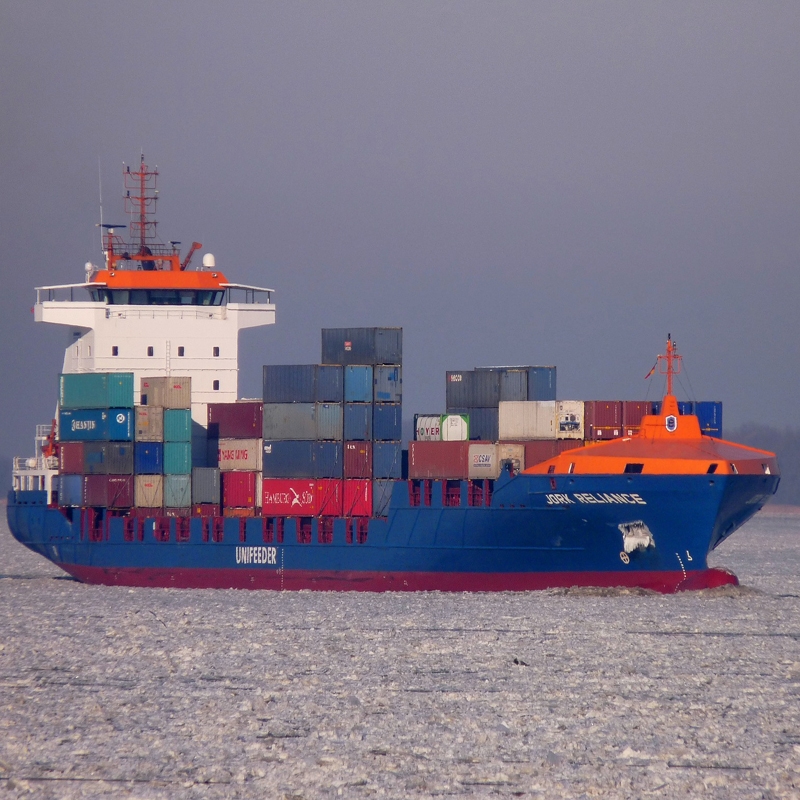
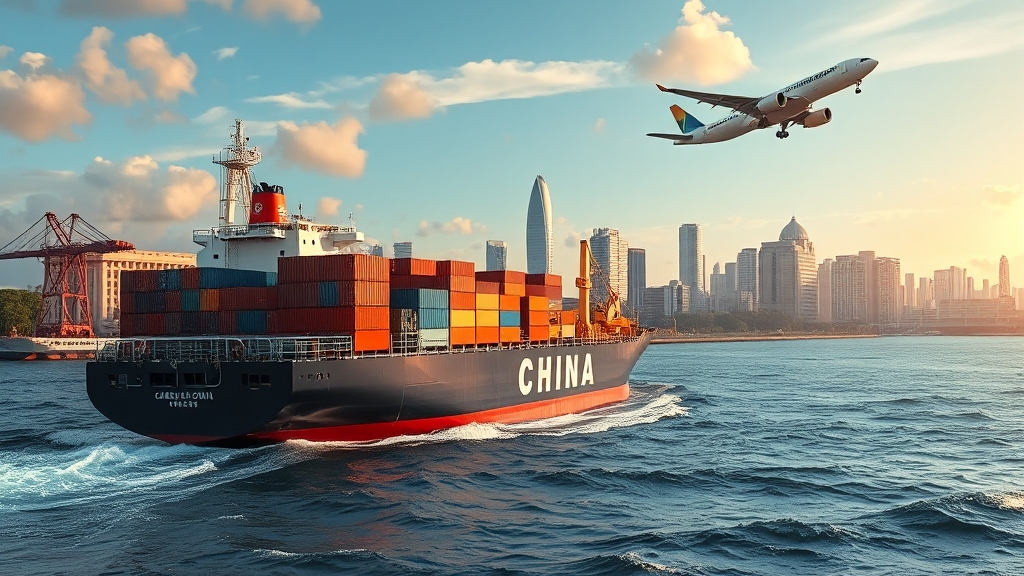
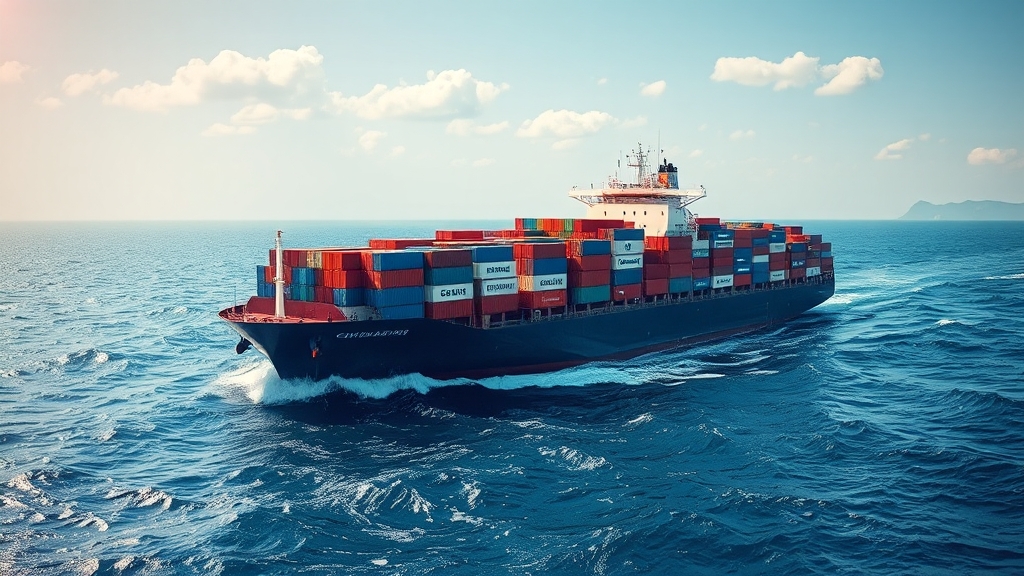





 Afrikaans
Afrikaans Shqip
Shqip አማርኛ
አማርኛ العربية
العربية Հայերեն
Հայերեն Azərbaycan dili
Azərbaycan dili Euskara
Euskara Беларуская мова
Беларуская мова বাংলা
বাংলা Bosanski
Bosanski Български
Български Català
Català Cebuano
Cebuano Chichewa
Chichewa 简体中文
简体中文 繁體中文
繁體中文 Corsu
Corsu Hrvatski
Hrvatski Čeština
Čeština Dansk
Dansk Nederlands
Nederlands English
English Esperanto
Esperanto Eesti
Eesti Filipino
Filipino Suomi
Suomi Français
Français Galego
Galego ქართული
ქართული Deutsch
Deutsch Ελληνικά
Ελληνικά Kreyol ayisyen
Kreyol ayisyen Harshen Hausa
Harshen Hausa Ōlelo Hawaiʻi
Ōlelo Hawaiʻi עִבְרִית
עִבְרִית हिन्दी
हिन्दी Hmong
Hmong Magyar
Magyar Íslenska
Íslenska Igbo
Igbo Bahasa Indonesia
Bahasa Indonesia Gaeilge
Gaeilge Italiano
Italiano 日本語
日本語 Basa Jawa
Basa Jawa ಕನ್ನಡ
ಕನ್ನಡ Қазақ тілі
Қазақ тілі ភាសាខ្មែរ
ភាសាខ្មែរ 한국어
한국어 كوردی
كوردی Кыргызча
Кыргызча ພາສາລາວ
ພາສາລາວ Latin
Latin Latviešu valoda
Latviešu valoda Lietuvių kalba
Lietuvių kalba Lëtzebuergesch
Lëtzebuergesch Македонски јазик
Македонски јазик Malagasy
Malagasy Bahasa Melayu
Bahasa Melayu മലയാളം
മലയാളം Maltese
Maltese Te Reo Māori
Te Reo Māori मराठी
मराठी Монгол
Монгол ဗမာစာ
ဗမာစာ नेपाली
नेपाली Norsk bokmål
Norsk bokmål پښتو
پښتو فارسی
فارسی Polski
Polski Português
Português ਪੰਜਾਬੀ
ਪੰਜਾਬੀ Română
Română Русский
Русский Samoan
Samoan Gàidhlig
Gàidhlig Српски језик
Српски језик Sesotho
Sesotho Shona
Shona سنڌي
سنڌي සිංහල
සිංහල Slovenčina
Slovenčina Slovenščina
Slovenščina Afsoomaali
Afsoomaali Español
Español Basa Sunda
Basa Sunda Kiswahili
Kiswahili Svenska
Svenska Тоҷикӣ
Тоҷикӣ தமிழ்
தமிழ் తెలుగు
తెలుగు ไทย
ไทย Türkçe
Türkçe Українська
Українська اردو
اردو O‘zbekcha
O‘zbekcha Tiếng Việt
Tiếng Việt Cymraeg
Cymraeg יידיש
יידיש Yorùbá
Yorùbá Zulu
Zulu